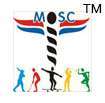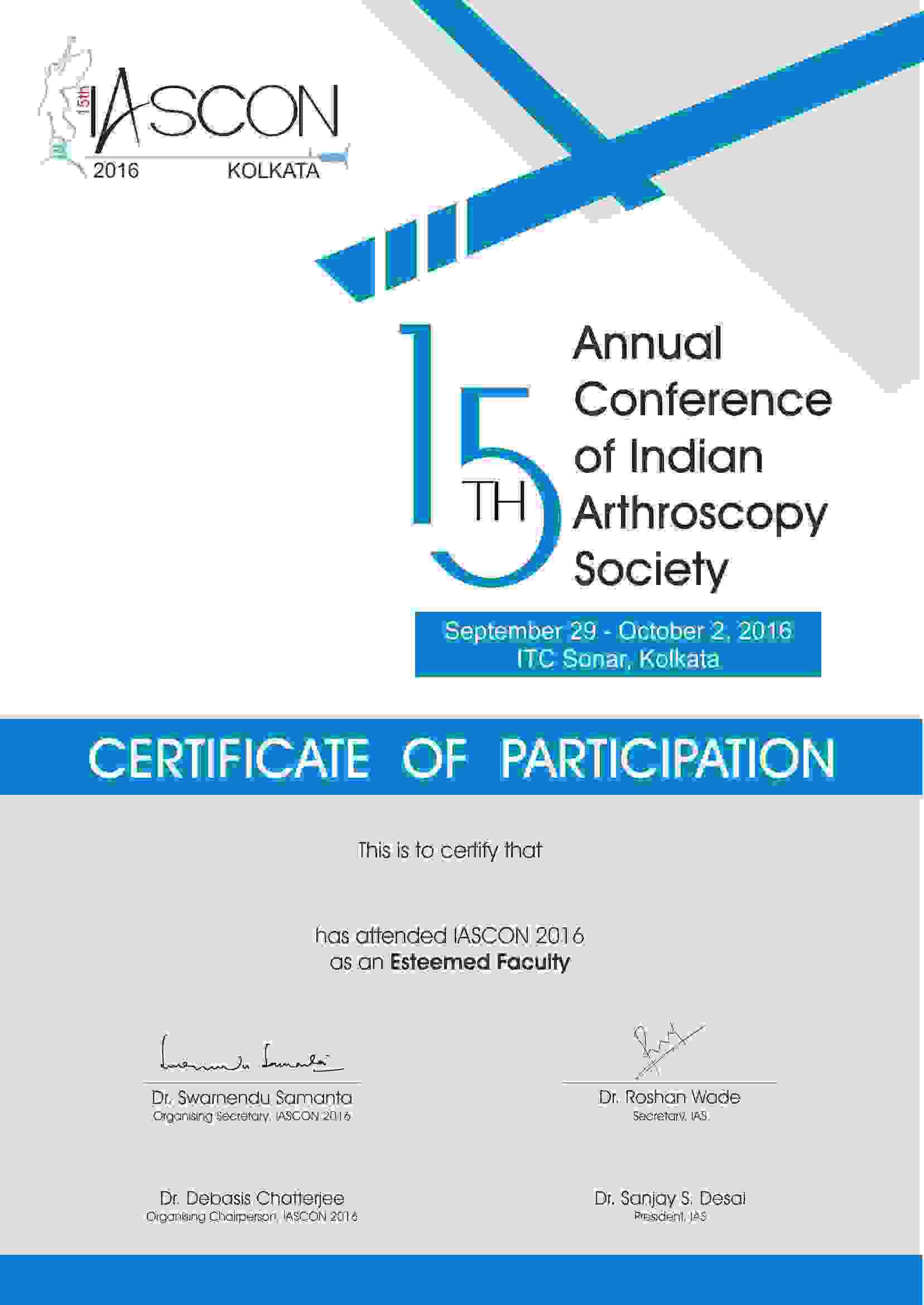Arthroscopy is a procedure that is prominently used for the diagnosis and treatment of joint conditions. Earlier, it was used for diagnostic purposes. However with the advent of technology, this method was also used for surgical purposes. These surgeries involve the following step-by-step procedure:
- Administration of local or general anesthesia.
- Making incision of appropriate diameter & insertion of arthroscope.
- Transmission of light to the arthroscope end.
- The visual image of the joint interior is observed in a screen.
- Performing any sort of surgeries for correction.
- Closure of the wounds.
Several disorders and conditions can be identified using arthroscopy. These conditions include:
- Inflammation of the synovial lining.
- Loose cartilage or bone. (frequently observed in ankle, elbow, knee and wrist)
Injuries that can be diagnosed include:
- Carpal tunnel syndrome (wrist).
- Meniscal injuries, chondromalacia, ACL and PCL tears.
- Rotator cuff tendon tears,
- Frequent shoulder dislocations.
- Impingement syndrome etc.










